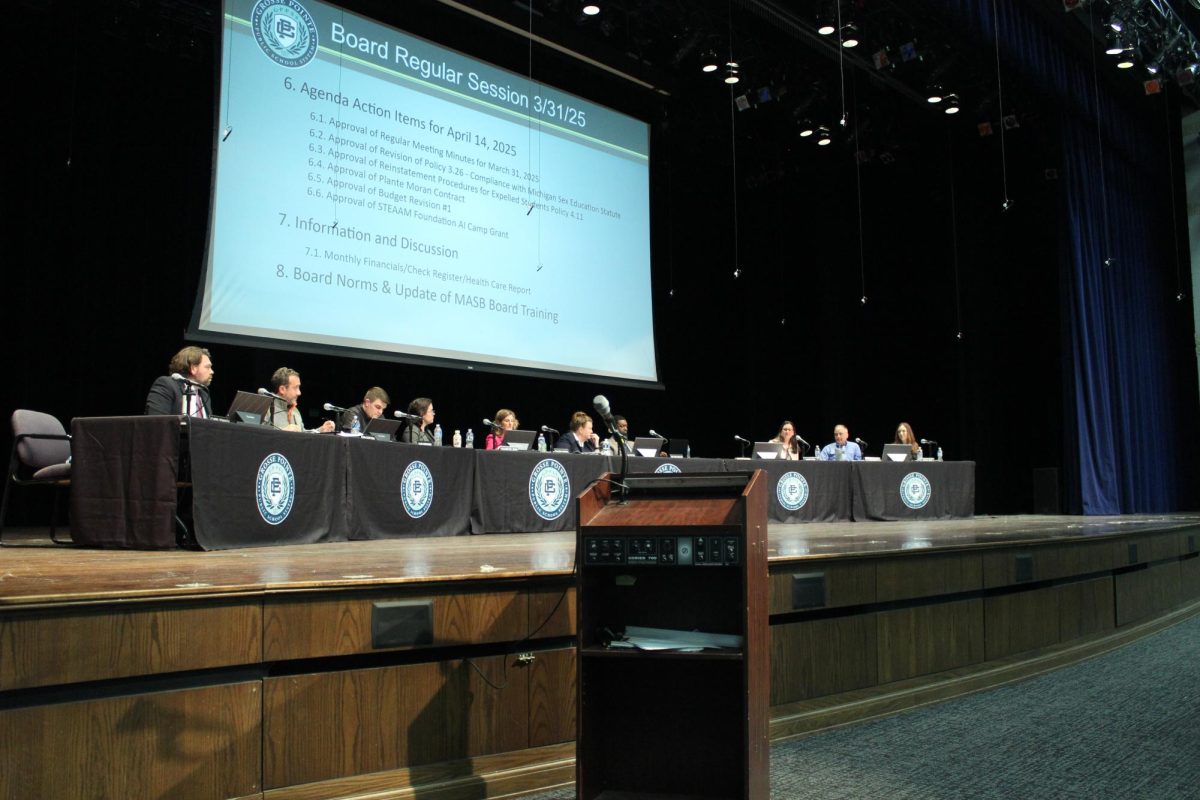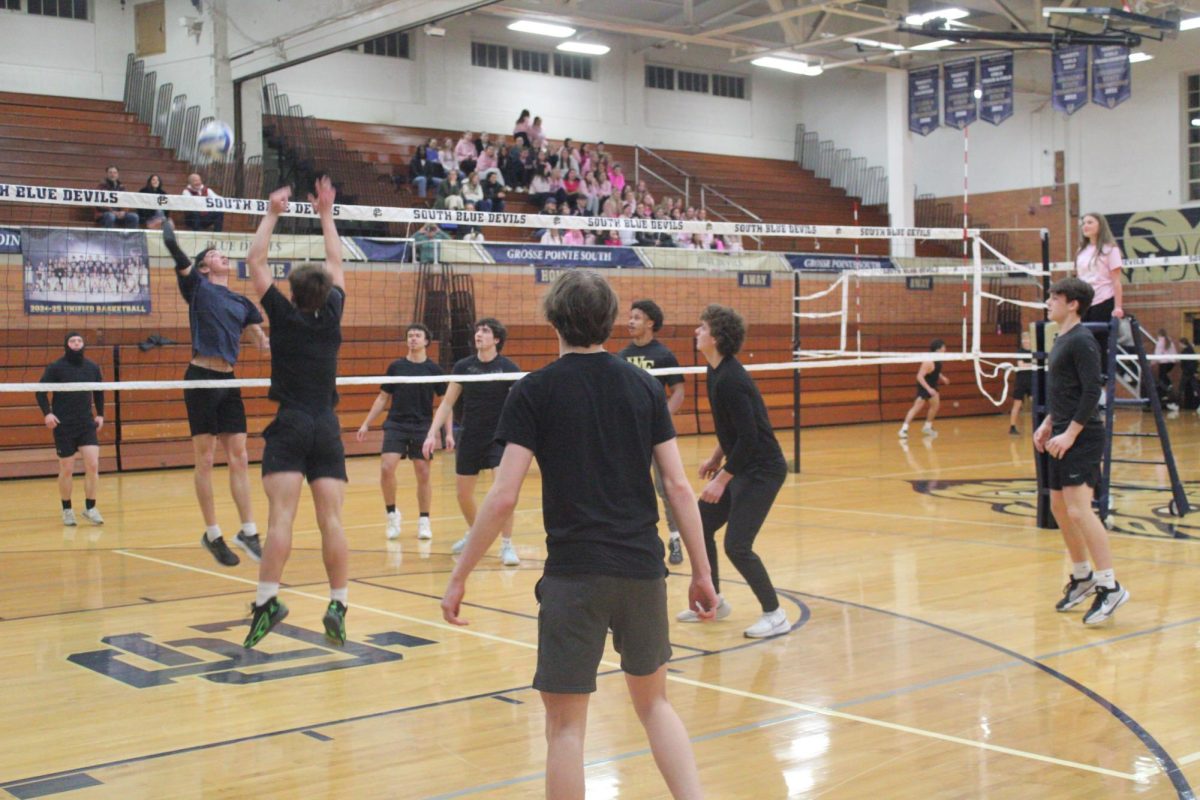As the fall sports season kicks into high gear, the dedication and resilience of high school athletes are put to the test. Performance levels often vary from the beginning to the end of the season, and several factors come into play.
One of the most significant factors affecting athlete performance is injuries. While athletes enter the season in peak physical condition, the accumulation of physical stress inevitably takes its toll. Many athletes have faced minor sprains, strains, and even more severe injuries that have temporarily excluded them from participating in their sport.
Jack Martin ’25, a varsity cross country runner for South, said he recently had a foot injury that caused him to miss nearly a week of running.
“It really sucks to lose all the gains from the hard work I put in over the season,” Martin said. “I hope to get back to running soon so I can finish the season strong.”

Athletes experience the most significant fluctuations in performance around the midpoint of their season. As the fall sports season reaches its peak, athletes often encounter challenges that affect their performance. Injuries and fatigue become more prevalent as the season progresses, typically leading to a dip in performance during this crucial period. The wear and tear on athletes’ bodies accumulate, making them more susceptible to injuries.
Coaches and trainers emphasize the importance of proper rehabilitation and conditioning—including proper warm-ups, strength training and monitoring athlete fatigue—to decrease the impact of injuries and ensure that injured athletes can return to their peak performance.
“I think my daily stretching and strength training help me get better faster,” Martin said.
For many high school seniors, this season marks the conclusion of years of hard work both on and off the field. The stress of college applications can take a toll on athlete performance. Balancing practices, games, and college essays can be overwhelming for many student athletes.
Joey Drabaugh ’24, a swimmer on the Varsity Swim and Dive team, said a busy schedule can have a negative affect on his own performance.
“Sometimes I find it hard to put my full effort in at practice,” Drabaugh said.
“I use so much energy for homework and college applications that practice feels more like a chore than a place to improve myself.”
Despite the hurdles they face, high school athletes are demonstrating their commitment to both their sports and their academic futures. The mid-season fluctuations in performance are a test of their dedication and ability to navigate the complexities of high school. Athletes remain determined to improve, using their experiences to propel them toward both athletic and academic success. The mid-season challenges are just a part of every athlete’s career.
They use their mid-season struggles as stepping stones to success. They exemplify the dedication and adaptability required to not only thrive in sports but also succeed academically.
“The reward of finally finishing the season is worth the struggle during it,” Draubaugh said. “I think it’s important to push through and use the lows of the season as ways to improve in the end.”











































































